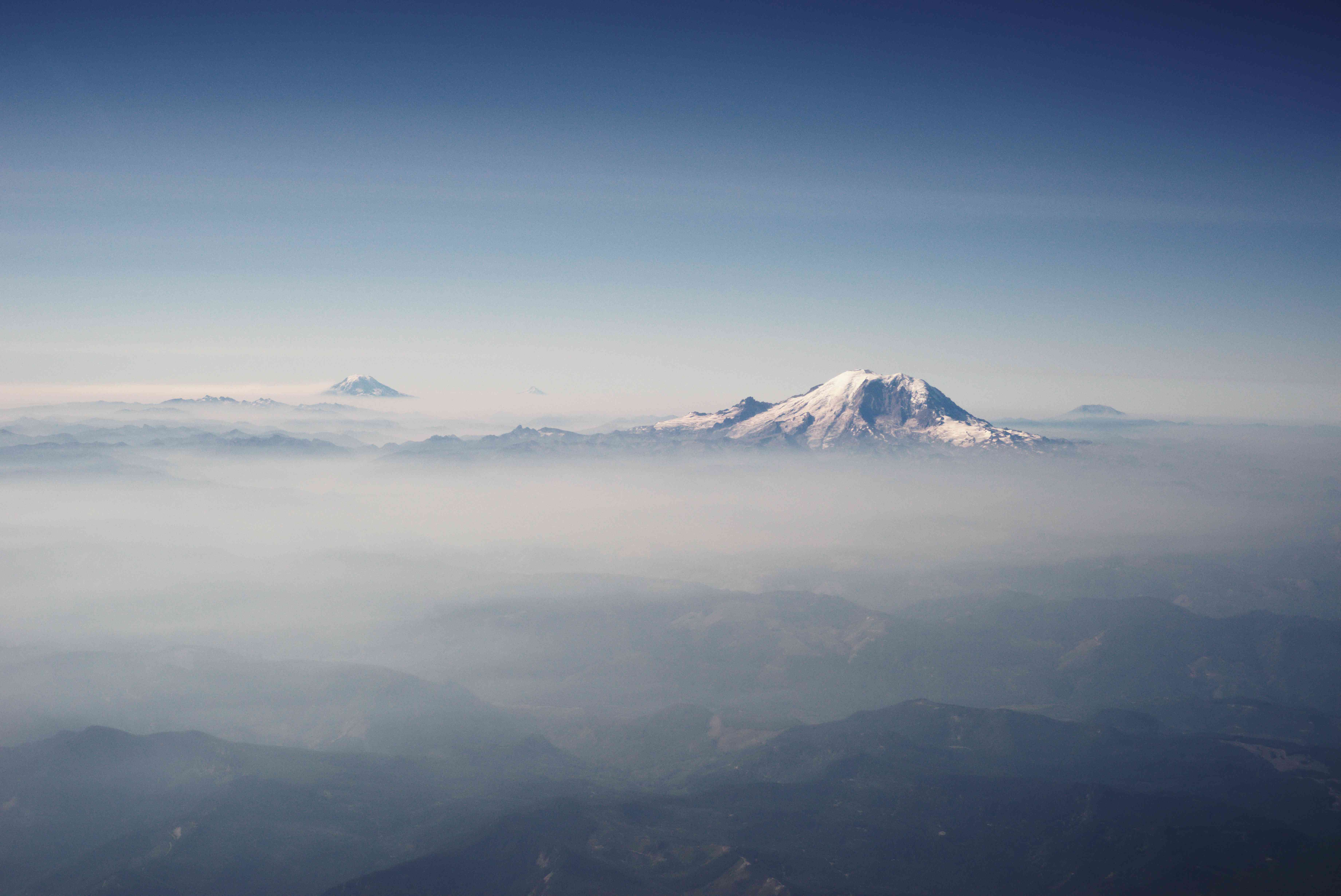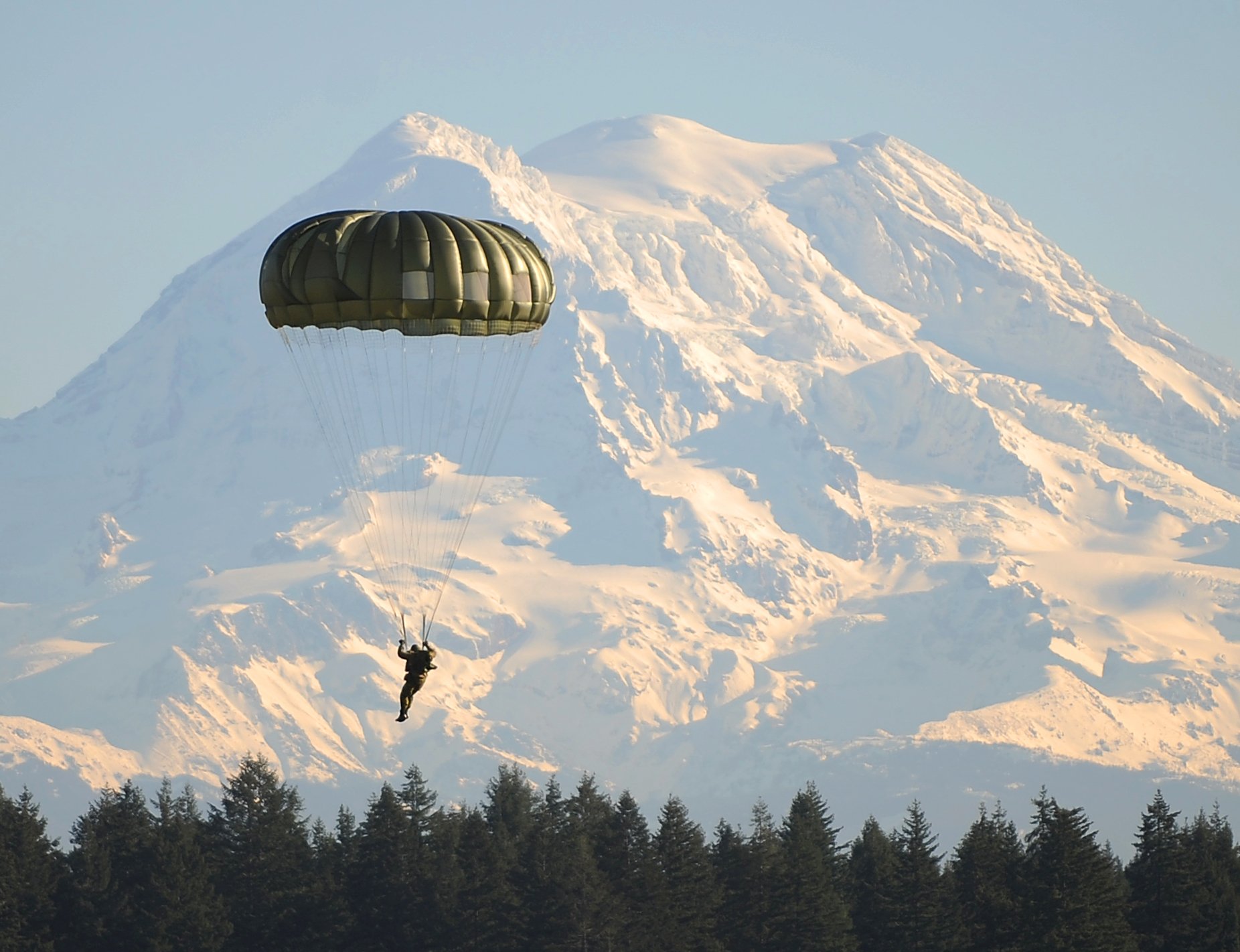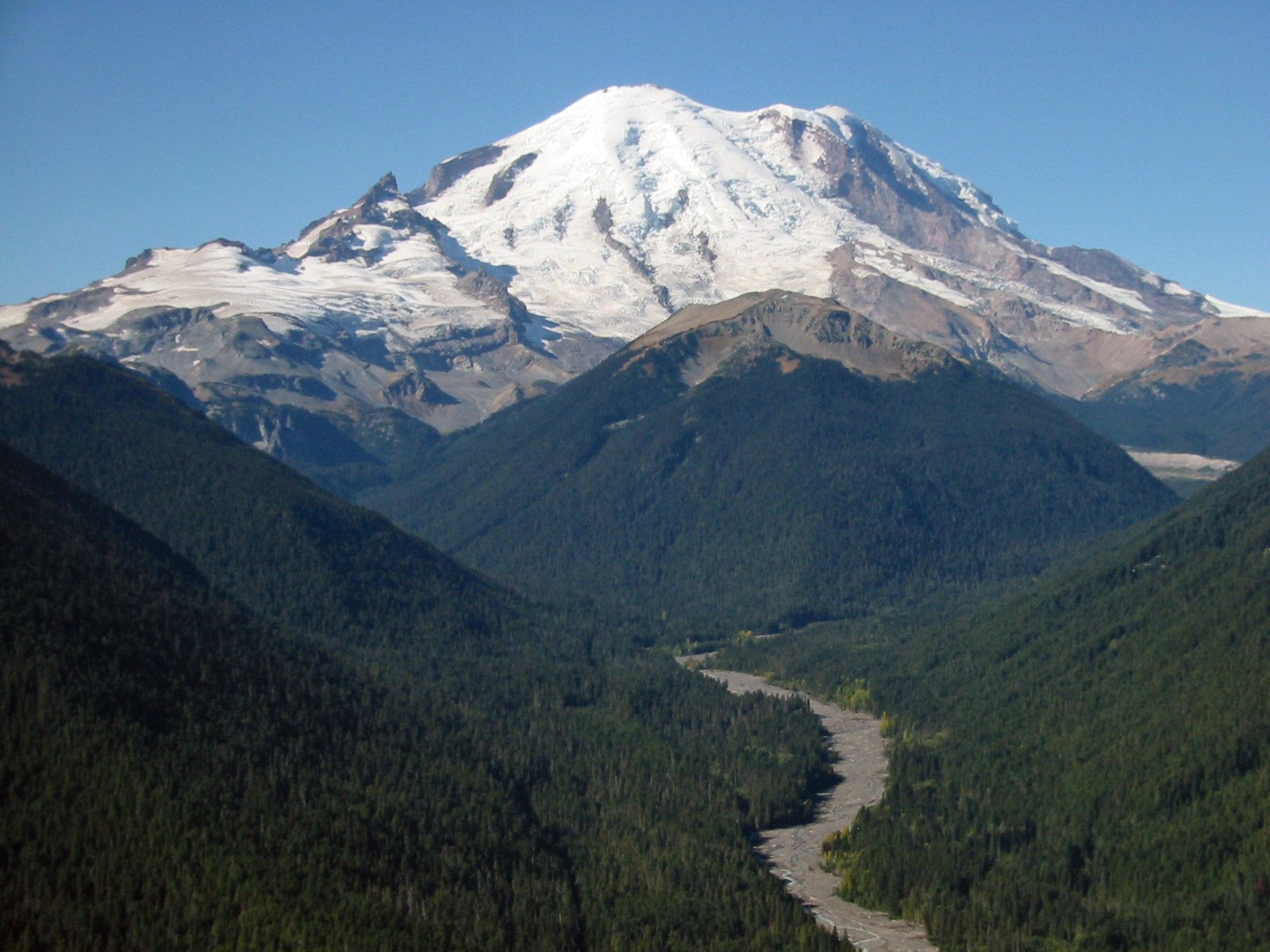Mount Rainier Gateway Protected Area serves as a crucial buffer zone surrounding Mount Rainier National Park. This protected region encompasses diverse ecosystems, including old-growth forests, subalpine meadows, and glacial valleys. It plays a vital role in preserving the natural beauty, wildlife habitats, and ecological integrity of the greater Mount Rainier area. The gateway area provides essential corridors for wildlife movement, protects watersheds, and offers recreational opportunities while helping to manage visitor impact on the national park itself.
What are the Key Features of Mount Rainier Gateway Protected Area?

The Mount Rainier Gateway Protected Area boasts several distinctive features that contribute to its ecological significance and visitor appeal:
-
Diverse Ecosystems: The area includes a range of habitats from lowland forests to subalpine zones, supporting a rich variety of flora and fauna.
-
Wildlife Corridors: It provides crucial pathways for wildlife movement, connecting Mount Rainier National Park to surrounding wilderness areas.
-
Watershed Protection: The gateway area safeguards important watersheds that feed into rivers and streams within and beyond the national park boundaries.
-
Recreational Opportunities: Visitors can enjoy activities such as hiking, wildlife viewing, and scenic drives in a less crowded environment compared to the national park.
-
Cultural Resources: The area may contain historical and cultural sites related to Native American heritage and early European settlement.
How Does the Gateway Area Benefit Mount Rainier National Park?

The Mount Rainier Gateway Protected Area plays a crucial role in supporting the national park:
-
Buffer Zone: It acts as a protective buffer, reducing direct human impact on the park’s boundaries.
-
Visitor Distribution: By offering additional recreational areas, it helps distribute visitor traffic and reduce congestion within the national park.
-
Ecosystem Continuity: The gateway area ensures continuity of ecosystems beyond park boundaries, supporting overall ecological health.
-
Research Opportunities: It provides additional sites for scientific research and environmental monitoring.
-
Scenic Preservation: The protected status of the gateway area helps maintain the scenic beauty of the approaches to Mount Rainier.
What Access Points are Available for the Mount Rainier Gateway Protected Area?
Access to the Mount Rainier Gateway Protected Area is facilitated through various entry points:
-
Highway 410: Provides access from the northeast, leading to the White River and Sunrise areas.
-
Highway 123: Connects to the Stevens Canyon entrance in the southeast.
-
Highway 706: Known as the Road to Paradise, it leads to the Nisqually entrance in the southwest.
-
Carbon River Road: Offers access to the northwest section of the protected area.
-
Mowich Lake Road: Provides entry to the northwest region during summer months.
What Wildlife Conservation Efforts are in Place?
The Mount Rainier Gateway Protected Area is crucial for wildlife conservation:
-
Habitat Preservation: Efforts focus on maintaining diverse habitats for species like black bears, elk, and mountain goats.
-
Corridor Protection: The area ensures safe passage for wildlife between Mount Rainier and surrounding wilderness areas.
-
Species Monitoring: Regular surveys and studies track population trends of key species.
-
Invasive Species Management: Programs are in place to control non-native plants and animals that could threaten native ecosystems.
-
Human-Wildlife Conflict Mitigation: Strategies are implemented to reduce conflicts between visitors and wildlife.
What Hiking Trails are Available in the Gateway Area?
The Mount Rainier Gateway Protected Area offers a variety of hiking trails:
-
Carbon River Rain Forest Nature Trail: A short, accessible loop showcasing the temperate rainforest ecosystem.
-
Glacier Basin Trail: A moderate hike leading to stunning views of Mount Rainier and its glaciers.
-
Noble Knob Trail: Offers panoramic views of Mount Rainier and surrounding peaks.
-
Greenwater Lakes Trail: An easy hike to serene lakes in the northeast section of the gateway area.
-
Skookum Flats Trail: A riverside trail featuring old-growth forests and waterfalls.
| Trail Name | Difficulty | Length | Elevation Gain |
|---|---|---|---|
| Carbon River Rain Forest Nature Trail | Easy | 0.3 miles | Minimal |
| Glacier Basin Trail | Moderate | 7 miles round trip | 1,600 feet |
| Noble Knob Trail | Moderate | 7 miles round trip | 1,300 feet |
| Greenwater Lakes Trail | Easy | 2 miles round trip | 200 feet |
| Skookum Flats Trail | Easy to Moderate | 8 miles round trip | 300 feet |
What Visitor Amenities are Available in the Gateway Area?
The Mount Rainier Gateway Protected Area provides various amenities for visitors:
-
Visitor Centers: Information centers at key entry points offer maps, exhibits, and ranger assistance.
-
Campgrounds: Several campgrounds are available, ranging from primitive to more developed sites.
-
Picnic Areas: Designated picnic spots are scattered throughout the gateway area.
-
Scenic Drives: Well-maintained roads offer beautiful views and access to trailheads.
-
Interpretive Programs: Seasonal ranger-led programs provide insights into the area’s ecology and history.
How Does the Gateway Area Contribute to Environmental Education?
The Mount Rainier Gateway Protected Area serves as an important resource for environmental education:
-
School Programs: Local schools often use the area for field trips and outdoor education.
-
Interpretive Trails: Self-guided nature trails with informational signage educate visitors about local ecosystems.
-
Volunteer Opportunities: Conservation projects allow community members to actively participate in area stewardship.
-
Research Partnerships: Collaborations with universities facilitate ongoing ecological studies.
-
Public Workshops: Seasonal workshops on topics like wildlife photography or plant identification are often offered.
What are the Seasonal Considerations for Visiting?
Visitors should be aware of seasonal changes in the Mount Rainier Gateway Protected Area:
- Summer (June-September):
- Peak visitation period
- Most trails and roads accessible
-
Wildflowers in bloom at higher elevations
-
Fall (October-November):
- Fall foliage colors
- Fewer crowds
-
Potential for early snow at higher elevations
-
Winter (December-March):
- Limited road access due to snow
- Winter recreation opportunities like snowshoeing and cross-country skiing
-
Some facilities closed
-
Spring (April-May):
- Gradual reopening of roads and facilities
- Waterfalls at peak flow
- Wildflowers begin blooming at lower elevations
How Does the Gateway Area Address Climate Change Impacts?
The Mount Rainier Gateway Protected Area plays a role in climate change mitigation and adaptation:
-
Carbon Sequestration: The extensive forests in the area act as important carbon sinks.
-
Climate Monitoring: Research stations within the area collect data on long-term climate trends.
-
Habitat Resilience: Conservation efforts focus on maintaining diverse ecosystems that can better withstand climate changes.
-
Water Resource Management: Protecting watersheds helps ensure water availability during changing precipitation patterns.
-
Public Education: Interpretive programs often include information on climate change impacts and conservation efforts.
In conclusion, the Mount Rainier Gateway Protected Area serves as a vital buffer and complement to Mount Rainier National Park. It offers diverse recreational opportunities, supports crucial conservation efforts, and provides a less crowded alternative for visitors to experience the beauty of the Mount Rainier region. By balancing human access with environmental protection, the gateway area plays an essential role in preserving the ecological integrity of this iconic landscape for future generations.

